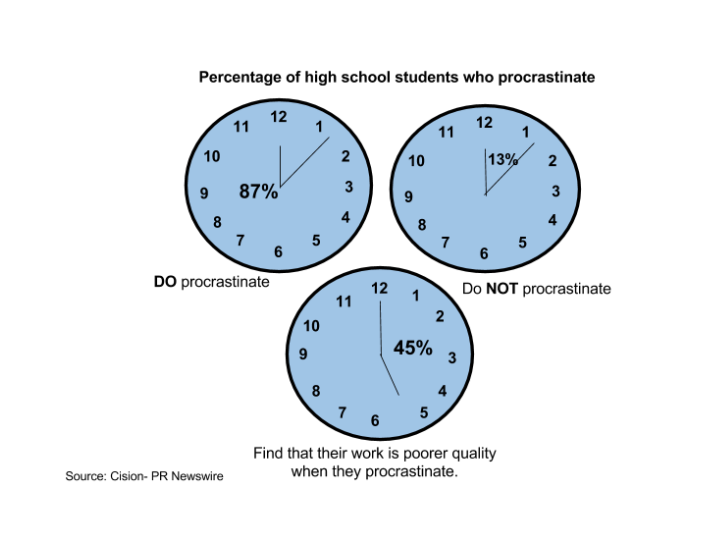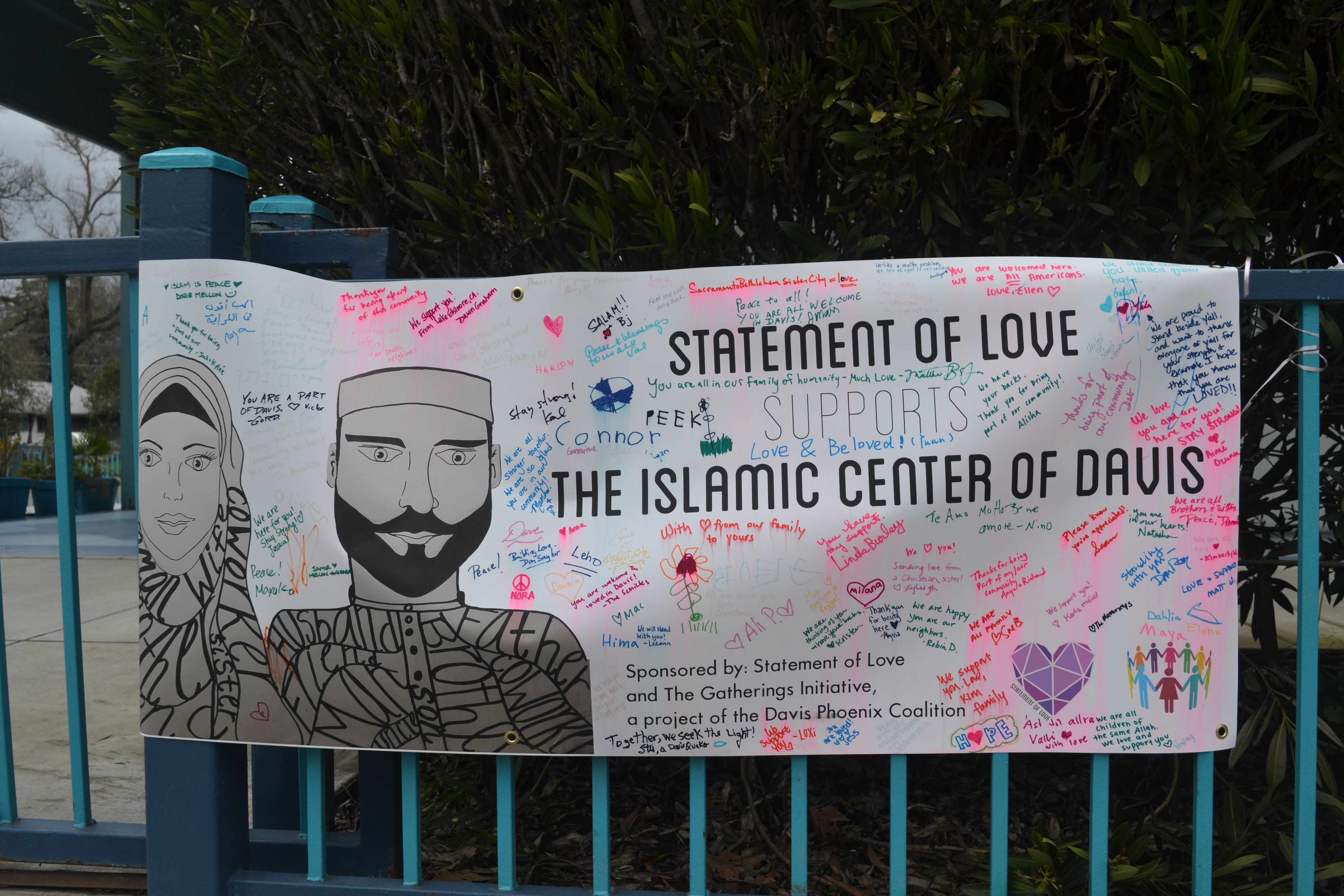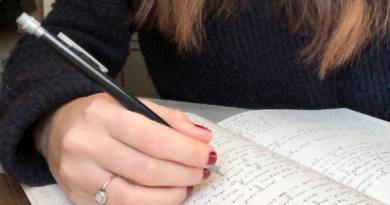What dress code?
PHOTO: Davis High students and teachers are largely unaware of the school’s dress code
By Lily Schroeder & Emily Tran,
BlueDevilHUB.com Staff–
Buried on page seven of the Davis High student handbook is an outlined dress code that never seems to cross the minds of students. Should it?
Many policies are changing at DHS, yet the dress code is not one of them. This year’s dress code remains the same as last year’s and is in accordance with the Davis Joint Unified School District’s dress code that all schools must follow.
Junior Ruby Adler didn’t know DHS even had a dress code, and has never seen a student get dress coded. “I don’t think I know what (the dress code) is,” Adler said.
English teacher Carin Pilon also hasn’t looked at the dress code in several years, mostly due to the pandemic. “There were bigger things to think about for the past several years,” Pilon said.
The District dress code policy is inclusive of most articles of clothing, making only a small quantity of apparel prohibited. Rules include no shirts without fabric in the front or sides, visible undergarments with the exception of bra straps and waistbands, and depictions that may be construed as offensive; alcohol, tobacco, marijuana, violence, obscenities and hate speech.
The dress code allows for many different styles of clothing, as long as it’s not offensive. “There’s really no dress code unless you have literally missing clothing,” senior Anselm Hell-Horne said.
Pilon has noticed only positive changes in the dress code in the past five to 10 years. “I’m glad to see that some of what seemed to target girls’ clothing more than guys’ clothing doesn’t seem to be part of the code anymore,” Pilon said.
According to a 2007 scholarly article, dress codes have a history of “oppressive forms of gender and sexuality.” Yet the author of the article, Shauna Pomeranzt, professor of child and youth studies at Brock University, believes that dress codes are still important.
Pomeranzt sees the policies at Toronto District School Board (TBSD) as a good example of a dress code that doesn’t include oppressive language. One of TBSD’s explicit objectives of their dress code is “to establish fair and equitable standards and practices for student dress in all schools,” which Pomeranzt believes is a healthy ideology for schools.
At DHS, the administration tries to follow a similar philosophy. “We want to create a safe environment that is conducive to learning,” vice principal Karen Gardias said.
Last year, Hell-Horne wore a maid costume to school for Halloween. He was partially expecting to get dress coded, but he did not. “I think the dress code is pretty relaxed,” Hell-Horne said.
For teachers, Pilon sees dress coding students as awkward, especially when dress codes have been known to sexualize girls. “It was just a huge, uncomfortable situation,” Pilon said.
Adler recognizes that expectations of students’ fashion have changed throughout certain levels of education. “People are growing up, and they should experience (all kinds of dressing),” Adler said.




